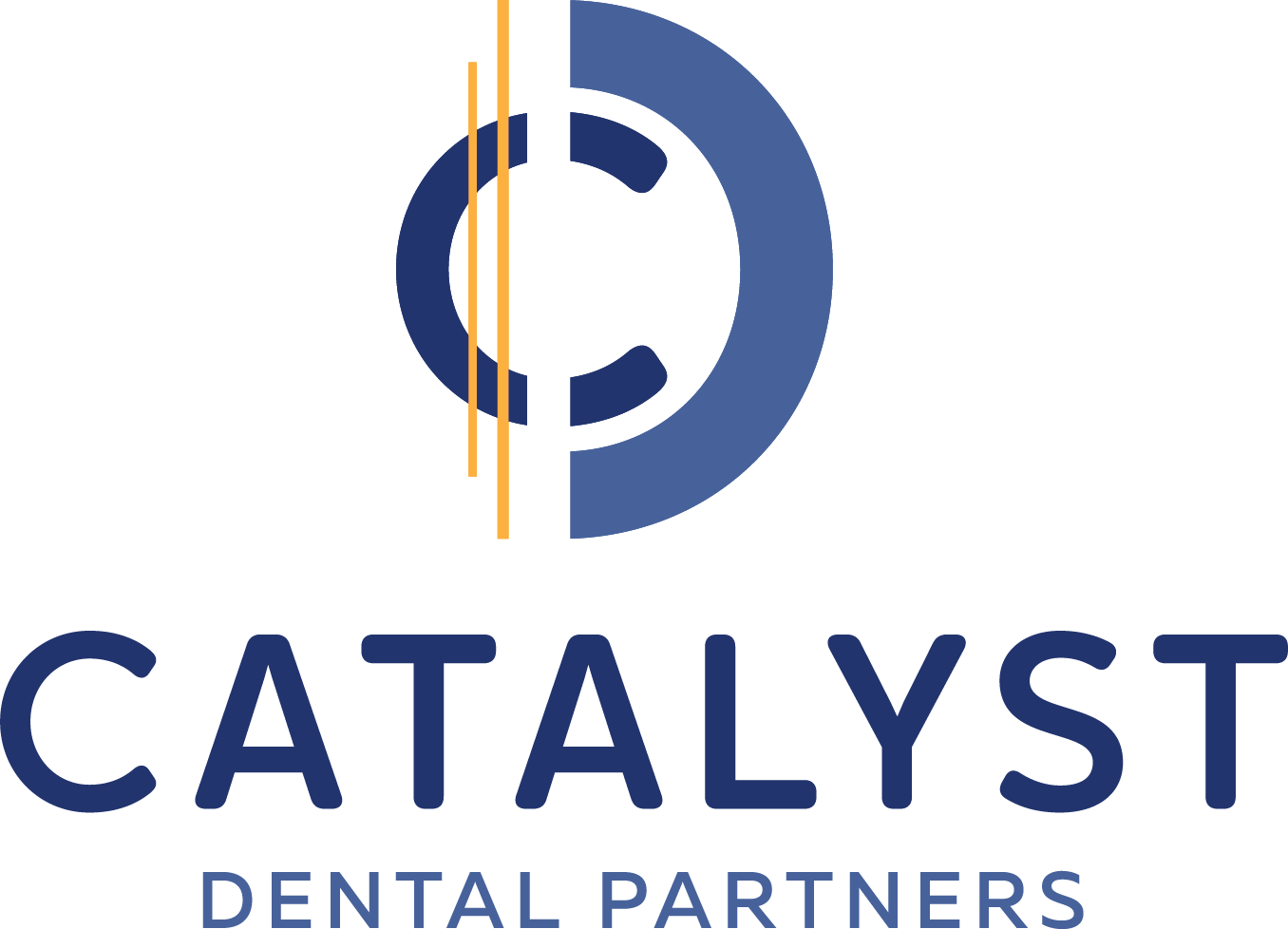
Frequently Asked Questions
Frequently Asked Questions
Catalyst is structured as a Dental Partnership Organization (DPO) rather than a traditional DSO, allowing dentists to retain a large percentage of equity in their practice while benefiting from centralized support services. Unlike DSOs, which are often private equity-funded and subject to ownership changes, Catalyst provides long-term financial stability and greater control over practice decisions. Catalyst also offers a defined entry and exit strategy, without the typical five-year private equity sales cycle.
Avoiding private equity means no forced sales cycle, ownership turnover, or loss of clinical autonomy. Partners can sell equity on their own timeline and have greater decision-making power. This structure also eliminates the pressure of maximizing short-term returns at the expense of long-term practice stability and quality of care.
Expanding a multi-location practice independently requires significant upfront investment in centralized services, often leading to high overhead and reduced cash flow. Without a strategic operational framework, scaling can create inefficiencies, misaligned roles, and costly setbacks that hinder progress. Catalyst streamlines this process by providing financial and operational support, reducing administrative burdens while optimizing resources and leadershiprndevelopment. Its partnership model allows dentists to capture immediate equity while benefiting from long-term growth. Unlike solo ownership, Catalyst offers shared resources, peer collaboration, and access to growth capital without personal loan guarantees. This enables faster, more efficient expansion with greater profitability.
Yes, Catalyst’s support structure allows dentists to transition into a more flexible role while maintaining financial benefits. The partnership model enables shared responsibilities and provides succession planning options, allowing senior dentists to step back while still profiting from their practice’s growth.
Catalyst prioritizes continuity and ensures that existing staff members remain in place. Unlike some DSOs that impose standardized systems, Catalyst allows practices to retain their culture and operational independence. Staff members also benefit from enhanced career growth opportunities within the expanded Catalyst network.
No, Catalyst emphasizes clinical autonomy and does not impose rigid treatment protocols. While best-practice models and operational efficiencies are encouraged, partners retain full control over clinical decisions, ensuring high-quality patient care remains the top priority.
Decision-making remains with the practice owner, supported by Catalyst’s advisory and operational teams. Unlike DSOs that centralize control, Catalyst partners actively participate in governance and strategic planning, ensuring that business decisions align with the dentist’s vision.
